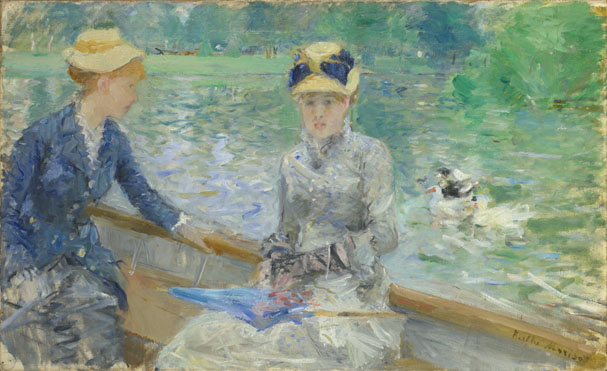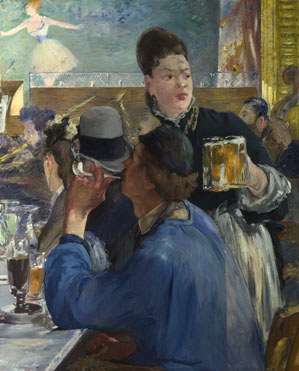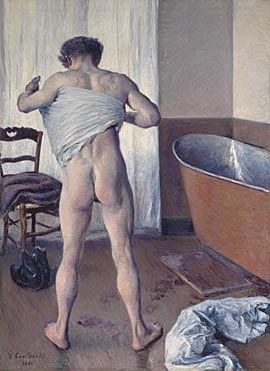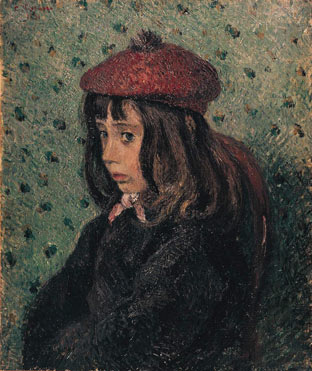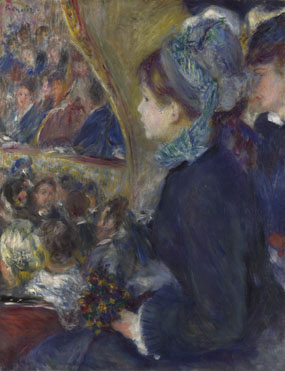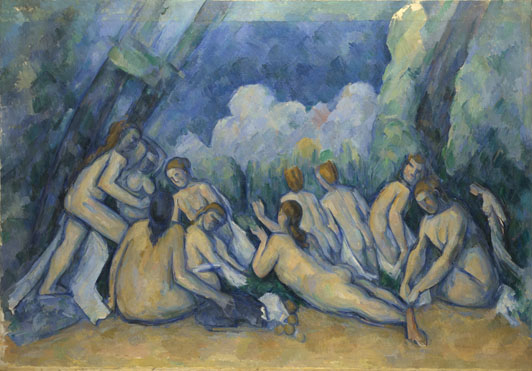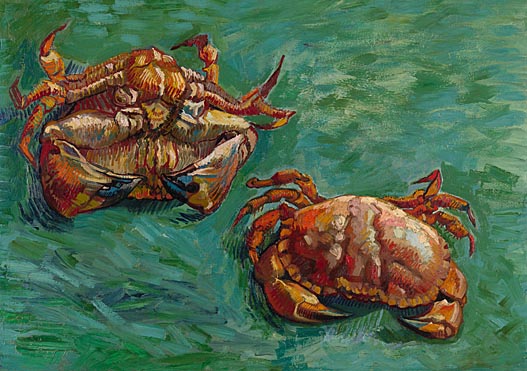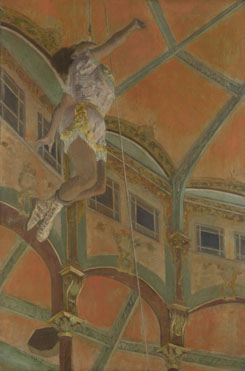Some time ago I went to an exhibition at the National Gallery of Australia called Impressions of Paris: Lautrec, Degas, Daumier. These men, each a generation apart, are credited with being consummate draughtsmen whose innovative compositions and embrace of modern subject matter played a significant role in artistic developments in France over the nineteenth century.
I have previously seen a lot of Lautrec and Degas, but I was not so familiar with Honoré-Victorin Daumier, although it is clear to see, looking at his prints and lithographs, how he inspired the later artists. During the 1800s Paris had witnessed the remarkable growth of the popular press. The technique of lithography, invented at the turn of the eighteenth century, was adopted by practicing artists as it was a printmaking technique conducive to drawing freely and directly.
Daumier's knowledge of the Romantic artists, including Delacroix is evident in these sometimes complex structural arrangements of figures, and the sense of movement in the compositions. His understanding and application of the lessons learnt from the study of earlier artists sets him apart from other less talented caricaturists of his era.
 |
| Battle between the schools: Idealism vs Realism from Le Charivari, 24 April 1855 |
For publishers of newspapers, lithography allowed for larger print runs compared to earlier printing methods. Newspapers and journals began to include serialisation of novels by writers like Emile Zola as well as caricatures by artists such as Daumier, which were often satiric and of a contemporary social or political nature. All of these factors helped to sell newspapers and journals to a growing and appreciative audience.
Many of Daumier's caricatures reveal his mastery of depicting the human figure, his skill in foreshortening and ability to suggest movement. Daumier created a huge pool of imagery in his many witty, sometimes acerbic, series of themes devoted to French society, produced over many years.
 |
| The orchestra during the performance of a tragedy from Le Charivari, 5 April 1852 |
The generation of French artists who followed Daumier in the nineteenth century were inspired by his observations, which became an extraordinary reservoir of ideas. Both Degas and then Lautrec were enthusiastic admirers of French caricature, delighting in its animated qualities, stylistic freedoms and contemporary themes.
Degas was much taken with Daumier's skill as a draughtsman, and held him in high regard. He was particularly inspired by his interest in physiognomy (including the theory that appearance reveals character), his expressive qualities and modern themes, many of which Degas then adapted. Lautrec also assimilated lessons from Degas, borrowing themes and compositions from his idol. Lautrec admired and emulated Degas, which is evident in his compositions of drinkers at bars, dancers on stage, cabaret scenes and courtesans.
 |
| A queen preparing for her big speech from Le Charivari, 24 September 1856 |
One thing I did find interesting is that for all his innovation and political freedom, Daumier still was far from believing in granting equality to half of the human race. He did not see assertive women as seekers of liberty and equality; rather they represented an aspect of self-obsessed bourgeois behaviour. In the series, Blue Stockings, educated women and aspiring authors appear to be oblivious to the predicament of a child in an upturned bucket or to fellow readers in a library.
 |
| The mother is in the fire of composition, the baby is in the water of the bath from Le Charivari, 26 February 1844 |
 |
| A toast to the emancipation of Women, being drunk by women who are already tremendously emancipated from Le Charivari, 12 October 1848 |

